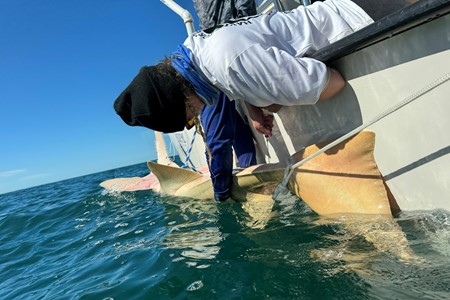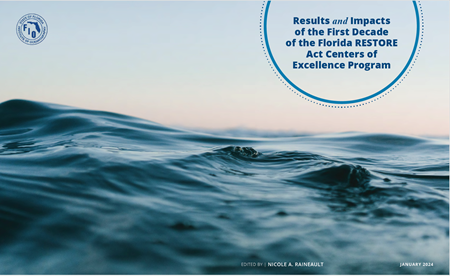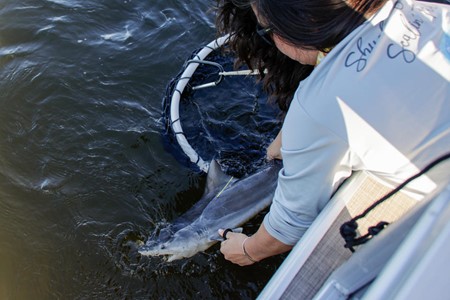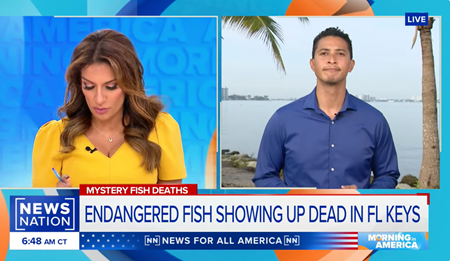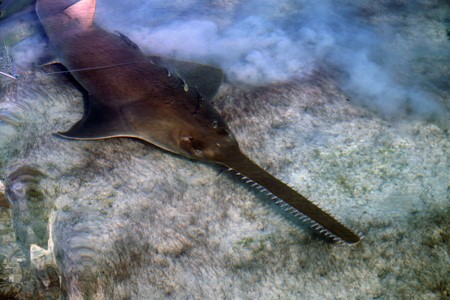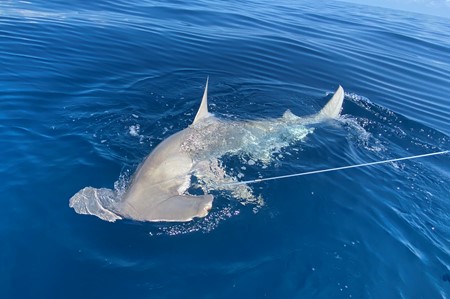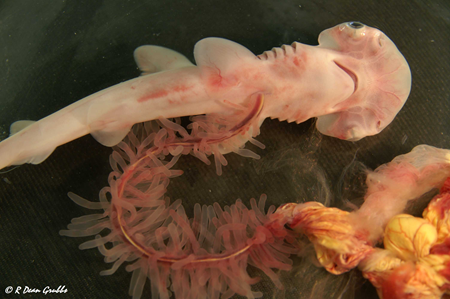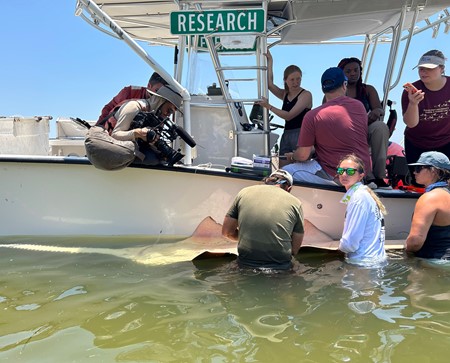This grant will fund her project on smalltooth sawfish in Cape Canaveral. The primary objective of this project is to define critical habitat, including potential mating areas, for large juvenile and adult smalltooth sawfish in the USA. This is intended to have immediate use in species conservation actions and decisions.
Ph.D. student Annais Muschett-Bonilla awarded inaugural Guy Harvey Fellowship
In a dedicated effort to protect coastal and marine habitats and species, the Guy Harvey Foundation (GHF) has awarded a Florida State University student the inaugural Guy Harvey Fellowship. Annais Muschett-Bonilla, a doctoral student in the College of Arts and Sciences, received a $5,000 research stipend and certificate personally designed and signed by Guy Harvey, world-renowned marine wildlife artist, conservationist and GHF Founder/Chair Emeritus.

